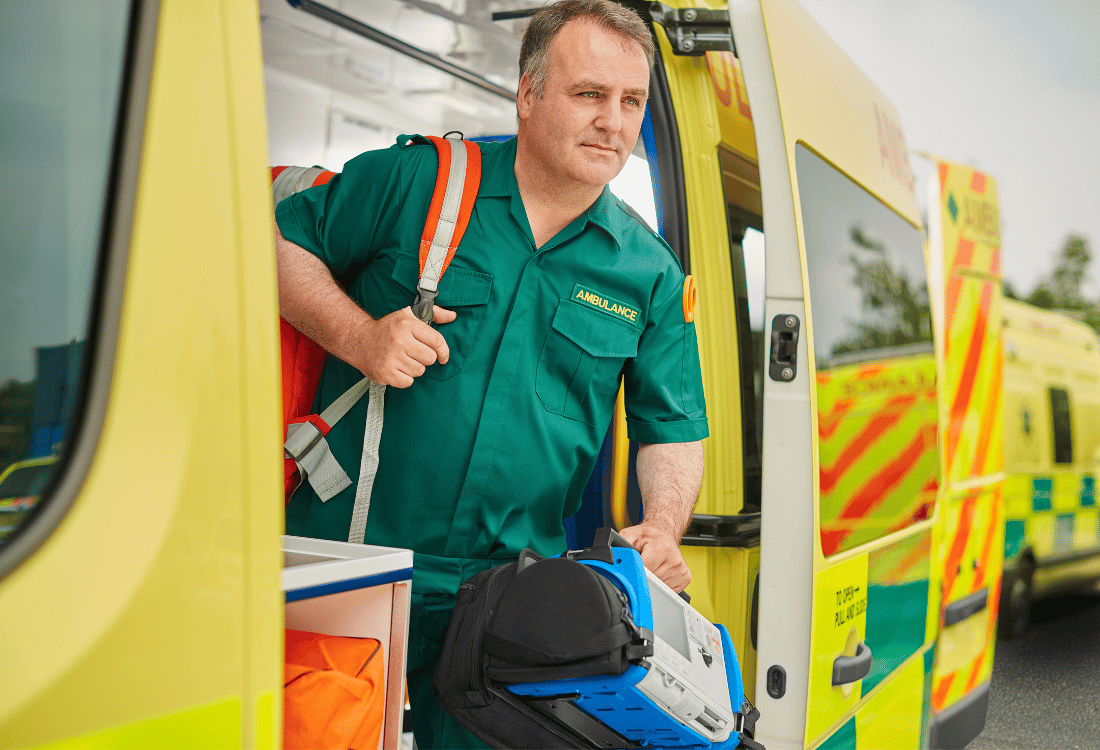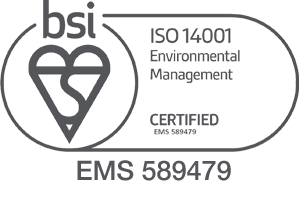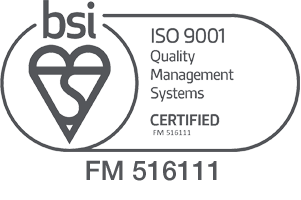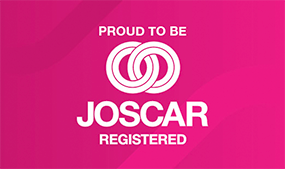
04/09/2025
How can triage for time-critical patients improve survivability in pre-hospital trauma?
At the scene of a critical incident, emergency responders must work quickly and calmly in difficult conditions. With many injured patients and only limited resources, they rely on mass casualty triage guidelines to assess each person’s condition and determine who needs help first. These structured protocols support clear and accurate decision-making when every moment counts.
In this article, we’ll explain how effective triage for time-critical patients is crucial in improving survivability in pre-hospital care.
What is triage?
Triage is a method for sorting patients according to the severity of their injuries. Its aim is to ensure that those who need urgent care receive it first, while others with less critical conditions are treated later. The triage process is particularly important when medical staff and equipment are under pressure, such as at the scene of a major incident or in remote areas.
The value of early assessment
In time-critical trauma, seconds and minutes can determine patients’ outcomes. Rapid triage at the pre-hospital stage helps responders to identify patients with life-threatening problems, such as severe bleeding or compromised airways, so that urgent treatment can be started immediately and transport to hospital arranged. Without early intervention, the most serious injuries can rapidly worsen. Early assessment ensures patients don’t wait too long for the care that they urgently need.
Deploying resources where they’re most needed
Unfortunately, ambulances, paramedics, and life-saving medical equipment are not unlimited, particularly in mass casualty incidents where there may be many casualties with a range of complex, mild, and superficial injuries. Effective triage helps medical teams to focus attention and resources on patients who are most likely to benefit from immediate care. It helps to prevent delays in life-saving treatment and reduces the risk of overloading emergency departments with patients who could have waited for treatment or even been treated on the scene before being discharged.
Structured tools improve decision-making
Standardised triage systems, such as the Major Incident Triage Tool (MITT), provide a clear and repeatable process for assessing pre-hospital trauma. Developed from comprehensive field evidence and best practice, MITT ensures consistency between emergency responders and avoids confusion in a chaotic setting. Everyone on the scene converses in the same clinical language, reducing errors and expediting handovers to hospital teams.
How training makes a difference
Triage decisions must be made quickly and confidently. Regular training and scenario-based exercises help emergency personnel to remain familiar with triage protocols, especially when working under pressure. An in-depth knowledge of triage tools and guidelines allows emergency medical staff to make informed decisions that can improve patient outcomes in fast-moving situations.
Need a proven solution for effective triage?
At TSG Associates, our SmartTriage™ systems are trusted by emergency services worldwide to support rapid, accurate decision-making in mass casualty events. To find out more, please contact us today.



.png?t=1749738291715&width=860)
%202.png)







